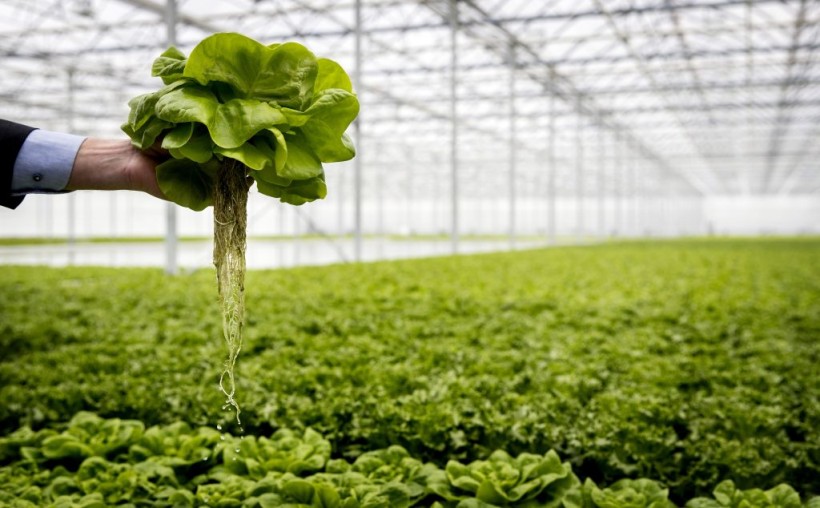Seafoods are an important source of nutrients for people all around the world, particularly those in coastal towns. However, concurrent environmental and economic forces are altering many aquatic food systems, jeopardizing access for people who rely on aquatic foods.
Experts urged increasing food system resilience in coastal communities to maintain the high levels of seafood consumption.
Understanding Pathways
Ensuring healthy and sustainable food systems in the face of growing social, economic, and ecological change is a critical global concern for protecting human and environmental health.
"Climate change and other economic shocks are impacting how people access seafood, and typically households that are most reliant on seafood, such as those in Pacific Island countries, are most at risk," said Jacob Eurich, a research associate at UC Santa Barbara's Marine Science Institute, and a fisheries scientist at the Environmental Defense Fund.
Many assessments propose institutional, legal, or technological reforms to improve food systems, but few have evaluated the channels via which individuals already have access to nutritious food.
Researchers argue that understanding and reinforcing the pathways through which individuals and households in these communities currently access nutritious food-rather than developing new technologies and implementing new processes-is one way to effectively adapt to emerging environmental and economic change.
As an example, consider Kiribati, a Pacific Ocean island republic.
The local population, which is heavily dependent on aquatic food from its waters, is also confronted with social pressures such as food imports from other countries as well as biophysical forces like climate change.
Access to local seafood must be reliable and constant in order for the food chain to be resilient.
The research team used access theory, which tracks the flow of benefits (in this case, high-quality nutrition) as food travels from the ocean to the table.
Rather than utilizing the community's closeness to fish to indicate their ability to obtain nutrition, they investigated the real mechanisms by which Kiribati obtained seafood. The researchers were particularly interested in households that consumed a lot of seafood to discover what techniques they used to acquire access to it.
Read Also: Study: Five Popular Kinds of Seafood in Australia Had Microplastics
Fish Markets
The findings revealed that access to fish markets was the primary mechanism mediating seafood access in Kiribati, outperforming other factors such as occupation, education, capital, and technology.
As they tracked the seafood, the researchers discovered a somewhat hidden pattern that would not have been apparent in a more traditional food chain analysis.
While households in general used a variety of techniques to obtain seafood, the most frequent seafood users used the market the least.
These populations comprised giftees in metropolitan settings, emphasizing the social, non-market side of seafood acquisition, as well as community members who did their own fishing and gleaning and then traded the harvest to avoid the market. The most active market users belonged to the smallest group, which included wealthy, affluent, and urban households.
The study's findings also revealed a diverse consumption pattern, with various households eating different seafoods.
"This means that household strategies are not only important in shaping the overall consumptive benefit a household gets from seafood, but also the potential environment, food security and nutritional implications, as all seafoods are not the same," said UC Santa Cruz environmental studies Assistant Professor Katherine Seto.
Related Article: Some Popular Fish and Invertebrate Seafood Species Rapidly Declining Worldwide
© 2024 NatureWorldNews.com All rights reserved. Do not reproduce without permission.






